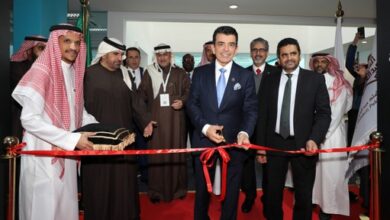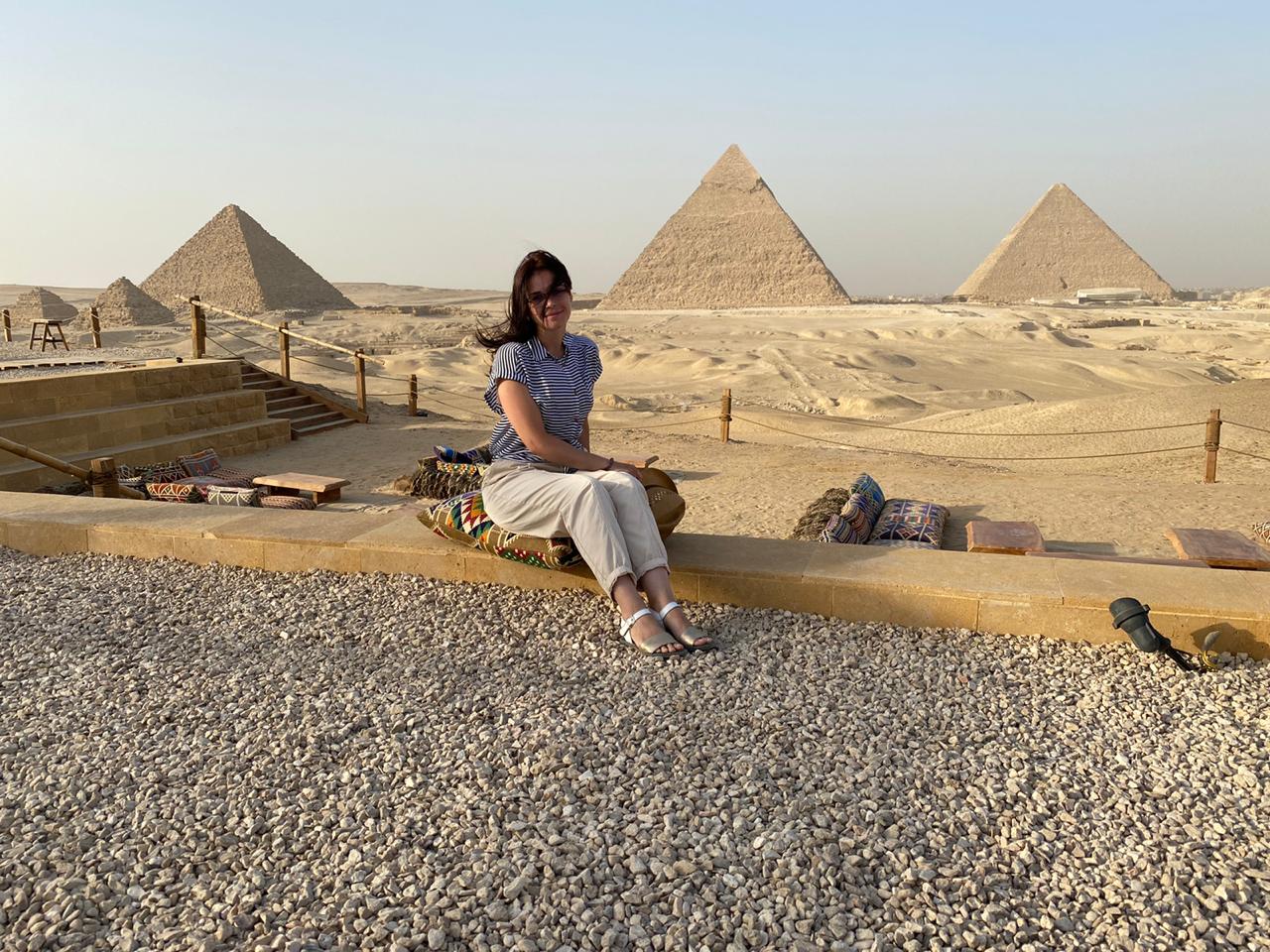Ashraf Talaat’s exhibition of photographs, Point of view, opened Sunday night at El Sawy Cultural Wheel in Zamalek. Al-Masry Al-Youm met with the award-winning photographer to discuss the exhibition, his photographic history and his travels.
Point of view is the exhibition of a small selection of Talaat’s human interest travel photography, which spans more than 40 countries. Talaat’s awards include 12 gold medals in photographic excellence from Austria, Italy and Portugal, a fellowship from the Royal Photographic Society in Great Britain in documentary and visual journalism, and the Kodak Egypt grand prix in 2004.
Al-Masry Al-Youm: How did you get into photography?
Ashraf Talaat: I started when I was 13. I would buy color film by the "bobina" [a large roll, sold by the meter] and would put together black and white film from the film scraps at the studios: I would actually make my own rolls. I shot mainly in black and white because it was cheaper.
Al-Masry: What did you enjoy most about photography?
Talaat: Surprisingly, the developing process. Developing was like magic! I had never learned exposure so I spent five or six years producing just terrible pictures. But I learned how to fix them, reframe them and burn them, to make them turn out the way I wanted.
Today I would say that I love photographs for their ability to convey a message in a stronger and better way than words.
Al-Masry: How did photography go from a hobby to a career?
Talaat: At 19, I started working for a studio shooting passport photos and developing. I was once stuck with taking wedding photos for a couple at the studio–it was terrifying because I had to use a camera I wasn’t familiar with and the pictures had to turn out right! At 21, I decided to work as a freelance photographer for a newspaper.
Al-Masry: How long were you in journalism?
Talaat: As a freelancer, I wasn’t getting paid unless a picture was printed and only when it actually appeared in the paper. So you can imagine, I could go a month without any money at all. I had to start turning to other commercial photography to stay alive. I did some fashion photography, some food photography–in fact, food photography was one of the most enjoyable and lucrative experiences. I worked for a number of years in journalism but I eventually got tired of the waiting and of the politics of it all. So often I would go to photograph someone and on my way out, the police would head in and arrest them. It wasn’t a good feeling.
Al-Masry: So what do you photograph now?
Talaat: I eventually came to realize that working as a photographer–depending on an income from photography–was killing my spirit. I knew that if I kept making compromises with the art in order to make money, my creativity would have been permanently destroyed. So I made a total career change and am now working as the regional sales manager at a company here in Cairo and photography is, once again, my love, and now I focus on travel photography.
Al-Masry: Tell us a little about the exhibition.
Talaat: Originally, I wanted this exhibition to focus on my time with the circus. I spent a long time with them–the people who work there are some of the most welcoming people I have ever met. The picture of the woman with the lion is Faten el-Helw and that is her lion, Alaa. The mime putting on makeup is George–he’s Armenian. Despite tight finances and hard lives, these people let me live with them and were very helpful as far as the photography was concerned. There are a few other pictures in the exhibition from places around Egypt and the rest are from my travels.
Al-Masry: How do you get such personal shots?
Talaat: I spend so much time at a location I want to shoot. I literally visit it day after day or live there for a while. I get to know the people. I take pictures of the same spots and people until I find the picture I want. I don’t like to kidnap pictures–just snap and run. I also rarely take a picture of one person alone. I like at least two people in a shot. I think a one-person shot has to be really strong for it to stand alone.
Talaat’s book is available for LE120 at El Sawy Culture Wheel. His photographs are also for sale and are on display until Friday 26 March.




